|
I hope you all enjoyed the Go Slow series and you have discovered ways to take back some control of your focus, thoughts and time to help regain a sense of purpose and safety in your life. Here's a recap slide: Peace...
0 Comments
This is the 5th and last post in this Go Slow Series. Concept 5 - Live your life with spirit The definition of what it means to live your life with spirit is as unique as each individual and there are no set rules about how we connect to the world outside of ourselves. For some people it is a connection with God or nature or the energy of the universe. This sense of spirit can be imbued into our daily interactions with the people in our lives, or through helping others in the community, either in person or anonymously. The sense of spirit can be shared through helping animals or through environmental efforts.
When we cultivate a sense of spirituality, whatever that may be, we help ourselves improve our emotional well being by creating a connection to something that is outside of us. These spiritual associations can bring us feelings of peace, gratitude, contentment and acceptance. How do you connect? Can you find this kinship of spirit in some other way with the world or universe? We live a very short time here on Earth, but we can make that time more luminous when we live with spirit. If you've read this Go Slow series, I hope you've found it useful in thinking about how we can take back some control of our focus, thoughts and time to regain a sense of purpose and safety in our lives. Peace, Sherri This is the fourth post in the Go Slow Series. Concept 4 - Spend your life connected to the people around you and the situations you inhabit There may be many people around us at any given time, but what is our connection to them while we are with them? Here is a way to have a meaningful connection with others that should be rewarding to both parties and shouldn’t take much time. Do we look them in the eye, inquire about their lives, really listen to what they say and take the opportunity to truly relate to that person and do we share something with them? ,The Look-Inquire-Listen-Share (L.I.L.S.) approach to connecting with people isn’t an easy thing for everyone, but it is something almost anyone can begin to integrate into their daily life. Many people will say they are introverts, which is certainly fine, and they may not even speak with many people, but when they do, they should try L.I.L.S. Why? Because, human beings are social creatures and they suffer greatly when they live in near complete isolation. These short L.I.L.S. encounters can bring us mental health benefits including better self-esteem, increased empathy, lower rates of anxiety and depression and a better quality of life. Connection also offers physical health benefits such as strengthening the immune system, reducing inflammation, faster recovery from illness and a longer life.
Connecting with people is beneficial to all of us, but making connections to places can also be important. Places in nature are particularly good and can give us a sense of omneity, which is delightful feeling of allness or oneness. A forest, the ocean, a beautiful park, field, farmland, a sunny sky or a starry night can serve as a points for humans to connect to their natural world. In this case we are, of course, a part of the natural world and we're just another bit of its wonder. As we seek to gain positive control, adding connections to people and nature is another way for us to increase our chance of bringing harmony into our body and mind. When we have this feeling of unity in our lives, we are much better at stopping incidences of stress, tension, illness and pain. This is the third post in the Go Slow Series.
Concept 3 - Resist reacting to everything that is going on around you The world that we exist in is a busy, intense and a sometimes exhausting place that seems to demand so much from us, but that is only true when we allow it to invade our minds and consume all of our resources. The amount of energy we have on any given day is finite, so we need to make decisions about where we will spend that power. So how would this concept play out in our day-to-day? Some examples: Email/IM/Texts - We don’t have to be on call to every manner of communication. Learn to turn it off for periods of the day, so you can take back that time for yourself. Set a schedule for reviewing these communications that puts you back into control of your thoughts and your time. Phone calls - Don’t grab every phone call. While you are working on a task, turn off the phone and get back to it later. If it is important they will leave a message and if not, you just gave yourself some time back to use as you see fit. Conversation on Demand - If you are working on a task or relaxing and someone suddenly wants to talk to you now, you have every right to tell them you are busy and will get back to them. They do not have a right to your time, but you do have the right to manage it. Saying no to people may not feel ‘friendly’, but it is a reasonable way to conduct ourselves and it allows us to claim more control over our lives. We should always try to be respectful, but firm about how our time will be spent. We need to live our lives for ourselves and we can do this while caring for our friends, family and community. These kinds of changes may be difficult to implement at first, but they get easier as we continue to exercise them. Managing our own time is another tool for reaching positive control and reducing the triggers that bring us illness and pain. This is the second post in the Go Slow Series
Concept 2 - Spend your precious time with purpose In the previous post in this series about Slow Living we talked about focusing on your current moment in life right now. Here we will look at bringing meaning to the time that we have. Spending your time in life with purpose may sound lofty, but this concept contributes to our feeling of positive control and we can reap the benefits of it in several ways. Maintaining a state of positive control reduces the chance that Tension-Based Pain and many other physical issues that stress and tension bring by keeping the body at a basic level of homeostasis. We are mostly unaware of homeostasis, a self-regulating state of equilibrium, because our bodies are usually quite good at maintaining our health without too much intervention. When our physical and mental health is poor, it becomes impossible for our autonomic nervous system to keep up with the demand and this leads us to a condition of imbalance, which often ends in illness and or Tension-Based Pain. When we have a strata of emotional and physical dis-harmonies, our nervous system will flip into fight-or flight, which can continue for weeks, months or years. Unburdening ourselves of these disruptive issues one by one is the key to returning to a baseline of normal homeostasis. When we spend our time each day living with a sense of purpose and meaning we are supporting a state of positive control. In addition to using our time in a beneficial way, we are keeping ourselves steady, tension-free and in a pain-free state. When we boost our lives with these genuine, affirmative states of minds, we are creating a practice of calm and safety. Letting go is a concept that we read about often in the media and it describes different approaches to reducing our suffering. In these posts below the reader is asked to see things in a new way, discard those ideas that do not serve us, realize when have the ability to free ourselves, and using the power we have. I hope they will help readers to think through the steps to really letting go of the thoughts that waste our precious time. #stress #pain #tensionbasedpain #mindbody #backpain #sciatica #transformation #lifestyle
This post contains a reply to a question on Quora. The question feels universal, how can we fix stress when we are in a condition of stress? My answer is below and I hope it brings some perspective.
This LLFF condition coupled with a stressful event can leave us in a desperate state where we feel out of control. Although we cannot cure stress, we can use many exercises to calm the body and mind to bring ourselves back to homeostasis - a steady physical, chemical and psychological condition for optimal function.
Having a toolkit of coping mechanisms that work is an important step towards managing stress and avoiding the pain and illness it can bring. This title quote “This isn’t something they’re doing; this is something that happens to them.” comes from a neurologist named Mark Hallett, who joined what is now the National Institute of Neurological Disorders and Stroke (Ninds) as its clinical director and chief of the Human Motor Control Section in 1984. Doctor Hallett is talking about movement disorders, which are involuntary movements of parts the body. The quote is taken from a fascinating article a by Dan Hurley, May 15, 2019 in the New York Times called "Was It an Invisible Attack on U.S. Diplomats, or Something Stranger?". The article makes some compelling links between the mysterious symptoms experienced by U.S. diplomats in Cuba in 2016 and movement disorders. Please see the link to the article below. The term movement disorder is a very broad category that covers many types of afflictions such as stroke, Multiple Sclerosis (MS), Amyotrophic Lateral Sclerosis (ALS), or certain other involuntary body movements that may be cause by stress or psychological state. This article has led me to think about Tension-Based Pain in a similar manner to movement disorders. The involuntary tightening of muscles in the body, back shoulder, legs, etc. is also a form of movement disorder. A movement disorder can be any unnecessary, involuntary action, such as a twitch, a cramp, or tight neck or back muscles. People who have restless leg syndrome (RLS) sometimes describe it as an uncomfortable sensation of an uncontrollable urge to move their legs. So, what is the cause of these movement disorders? My opinion is that these involuntary muscle movements are simply an over stimulated sympathetic nervous system enacting the body's fight-flight-or-freeze response. The good thing about Tension-Based Pain is that we have some control over our lifestyle, environment, and our reactions to it. We can also find ways to control our muscles through deep relaxation techniques including breathing exercises. Taking control of our muscles, and managing our negative emotions can be difficult at first, but the pay-off can be well worth the effort in the long term. All the best in your healing, peace... #Backpain #Low-backPain #Mind-body #MovementDisorder #RestlessLegs #RLS #Stress #Tension-Based Pain |
Details
BLOGAuthorAfter trying every conventional therapy for crippling, chronic low-back pain, I discovered the problem was completely within my control. I experienced an amazing health transformation in a matter of weeks. Mind-Body medicine worked for me, and it can for can too! Archives
August 2023
Catagories
All
|

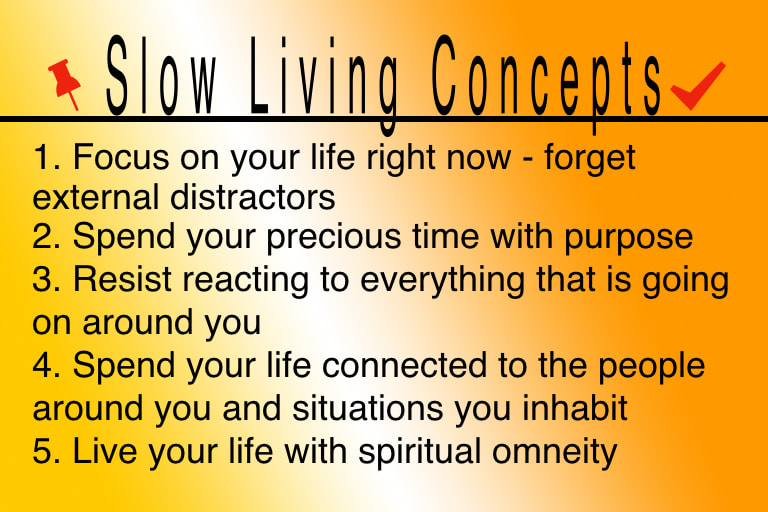
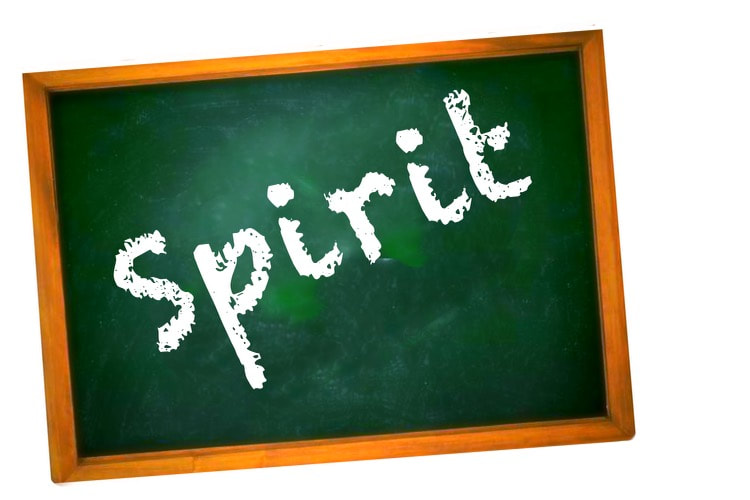

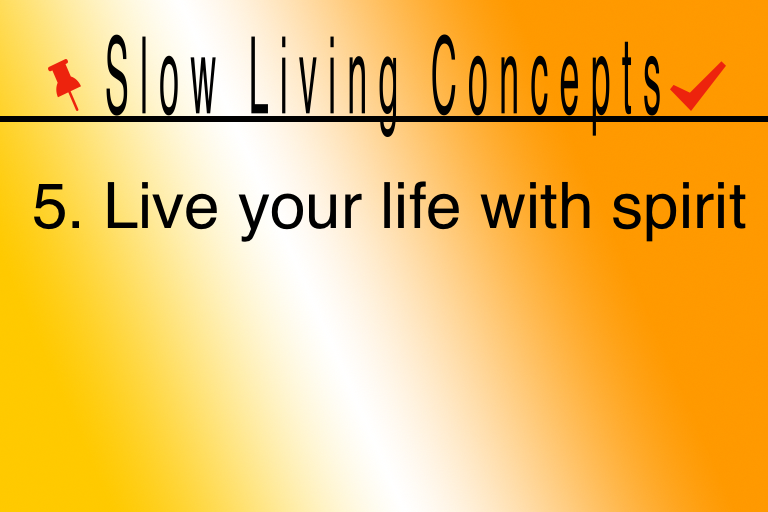
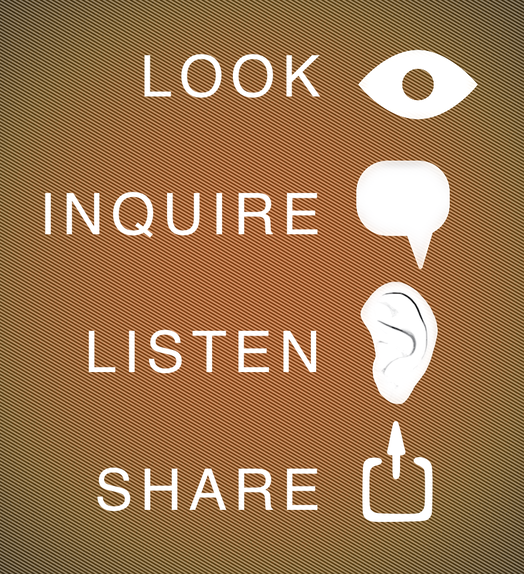

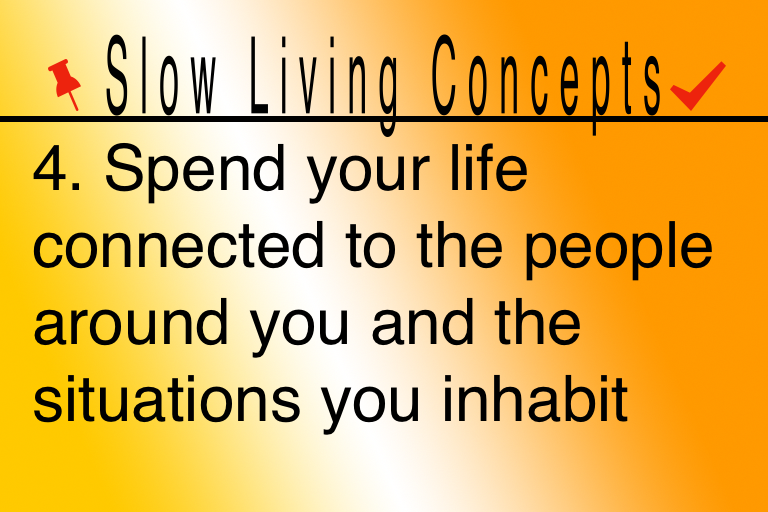

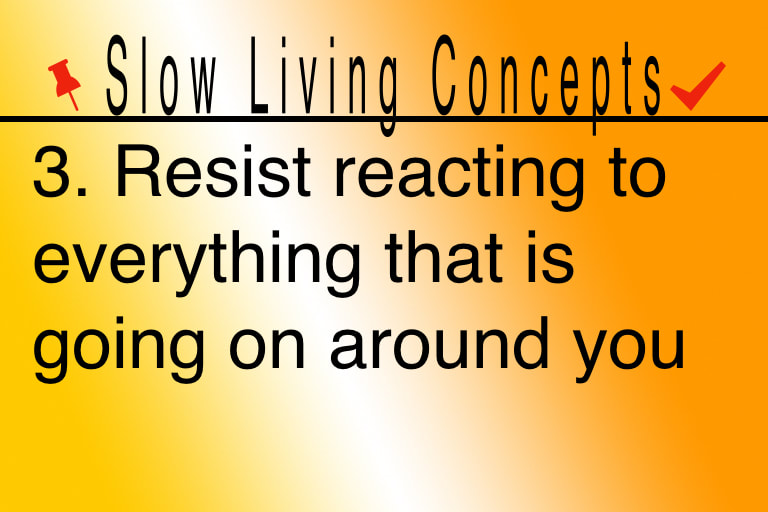
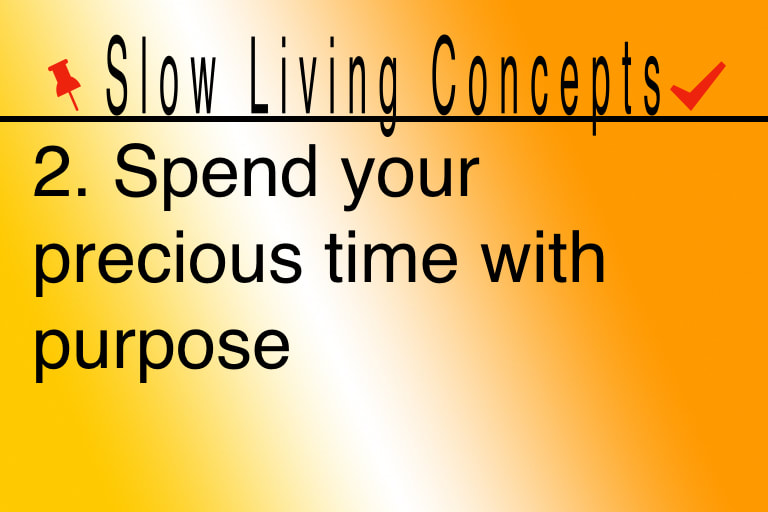



 RSS Feed
RSS Feed